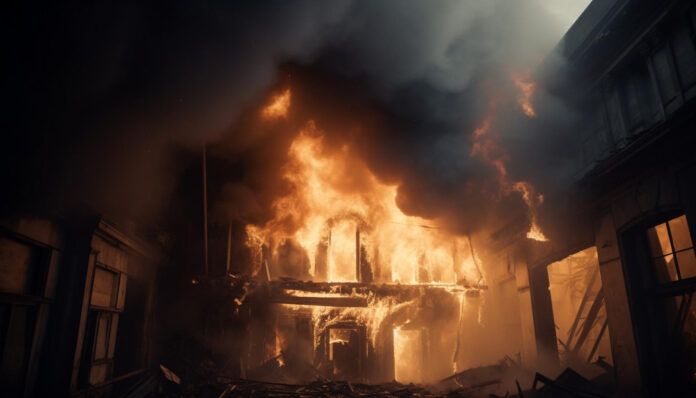The attacks, occurring 1,300km from the border, injured at least a dozen, marking a significant escalation in tactics
In a bold move that escalates its counter-offensive strategies, Ukraine has conducted drone strikes on a drone manufacturing facility and an oil refinery within Russian territory, more than 1,300 kilometres from the Ukrainian border. These strikes, the longest-range attacks carried out by Ukraine since the onset of the full-scale war initiated by Moscow over two years ago, resulted in at least a dozen injuries. The targeted facilities are located in the Alabuga special economic zone in Tatarstan, Russia, a region known for producing Shahed drones utilized by Russia in its operations against Ukraine.
The United States, through Ambassador Julianne Smith, has expressed its apprehension regarding such attacks within Russian territory, highlighting concerns over potential impacts on global oil prices and the possibility of Russian retaliation. Despite such international concerns, Ukraine has intensified its efforts to disrupt Russia’s energy exports and military supply lines, aiming to undermine Moscow’s financial and logistical capabilities in sustaining its invasion.
The Alabuga zone’s facility, hit in the early hours, houses operations for the production of Iranian-designed Shahed drones. A dormitory accommodating students at the site reported at least 12 injuries following the attack. Social media footage revealed the moment of impact, showing a drone colliding with a building and triggering an explosive blaze.
Additionally, the strikes damaged Russia’s third-largest oil refinery located in Nizhnekamsk, causing a fire at the refinery’s primary processing plant. Emergency services managed to extinguish the fire within 20 minutes, preventing a potential disaster at a facility with a significant refining capacity critical to Russia’s oil output.
Despite the apparent damage and the immediate repercussions of the attacks, Tatarstan’s regional government downplayed the severity of the impact, claiming minimal damage to the sites.
These strikes are part of a broader strategy by Ukraine to target Russian oil and military facilities, aiming to deplete resources essential for the continuation of the conflict. According to sources within Ukraine’s military intelligence, the drones used for these attacks are domestically produced, underscoring Ukraine’s growing capabilities in developing long-range offensive technologies.
The development and deployment of these drones, some of which are said to be based on technology from captured Shahed drones, signify a significant shift in Ukraine’s approach to its defence and counter-offensive operations. As Ukraine continues to adapt and enhance its military capabilities, the conflict sees an evolving dynamic with increased cross-border operations, raising questions about the future course and the international implications of the ongoing war.
